Are You Struggling To Spin Your Chip Shots? This Is Probably Why...
The pros are masters of it, but it's not something you're able to do. Until now that is...
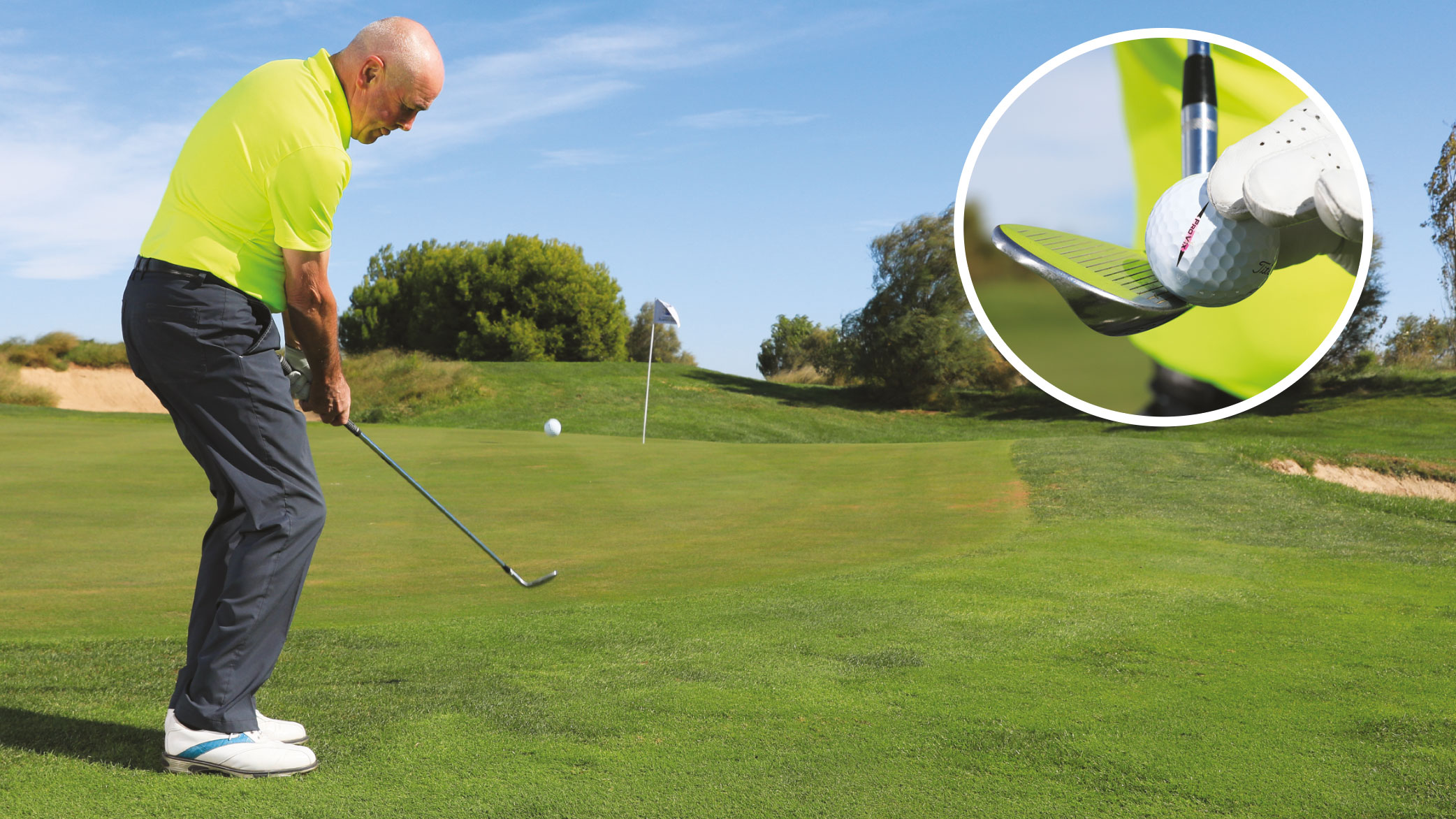

Keith Williams
Sometimes it just happens - the ball bounces and then quickly checks up close to the hole. For a moment, you feel like a professional. How have you managed to spin the ball? On most occasions, if you don't catch it heavy or slightly thin, your chips seem to just trundle on past the pin.
Better players can spin the golf ball. It's a great skill to have, and something the best golf wedges and best golf balls have been designed to do. With a little work on your chipping technique, there's no reason you can't, too, as PGA professional Keith Williams demonstrates below - plus we have a video below on how to spin the golf ball which is well worth a watch.
HOW TO SPIN THE GOLF BALL

Keith is a former European Tour player and Wales international. He has coached Tour winners and international amateur teams. A former Head Coach at England Golf, Keith also led Ian Woosnam's academy at Celtic Manor before taking up a coaching position with the Czech Golf Federation.
Unnecessary shaft lean
A lot of poor and inconsistent chippers push their hands forward at address (as per the picture directly below), which creates shaft lean. If you do this, you end up with a digging action on the ball, when you actually need the club to glide. This is something to check if you find a lot of your chip shots skid across the green.
The Tour professionals tend to use a wider, shallower swing for a shallower angle of attack. This gets the bounce working, allowing the club to glide through the hitting area and just bruise the turf. At impact, the shaft position should be around about vertical, as opposed to leaning forward as it is here.
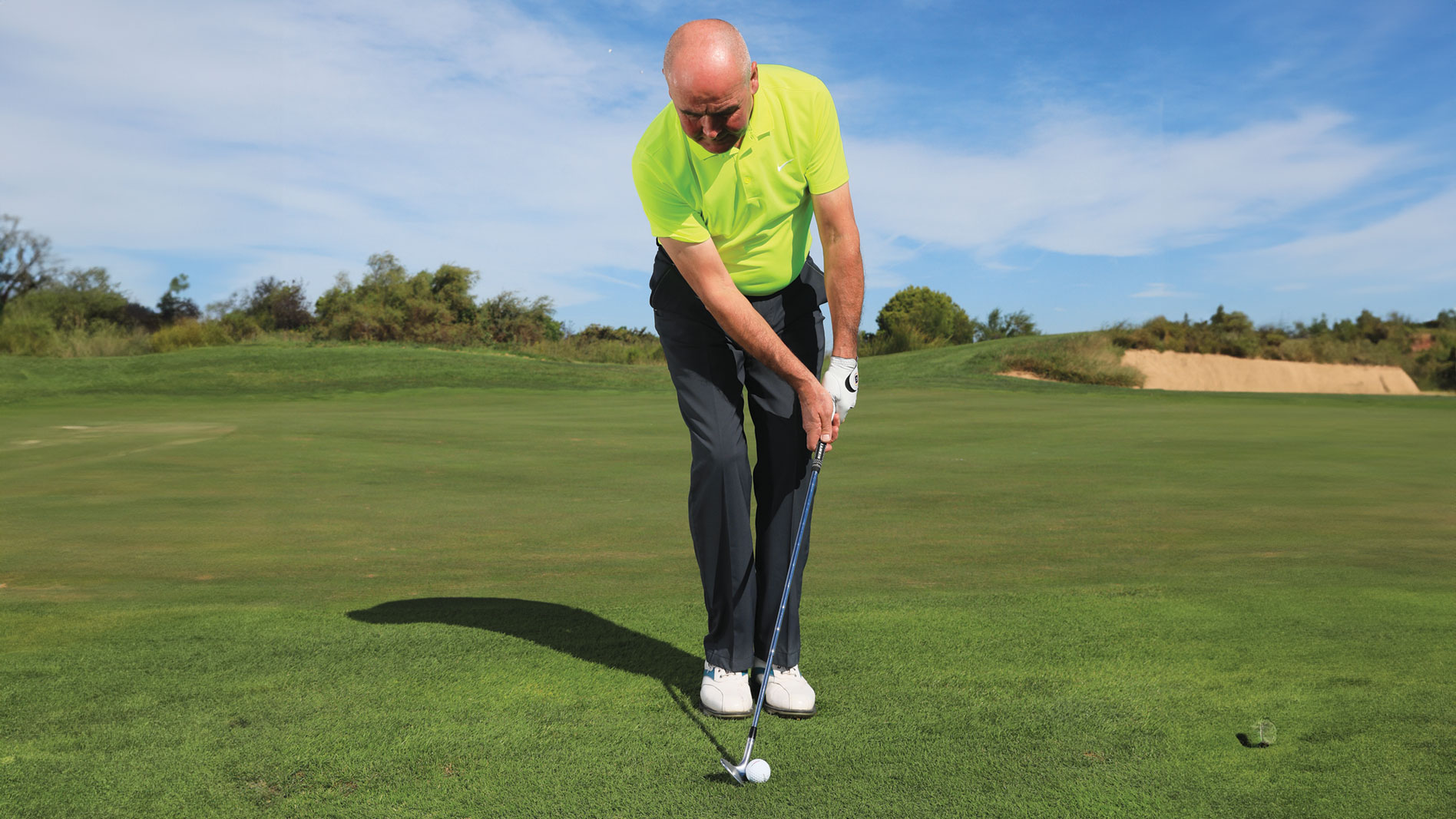
This shaft lean will create a digging action that will likely cause the ball to skid, not spin
To generate that spin you see the best short game players get, it's those bottom grooves on your wedge that need to grab the underside of the golf ball (see picture below).
Now you can probably understand why setting up with the hands forward and the shaft leaning isn't helpful. Doing that will simply encourage you to come down steeply, with the golf ball making contact more with the middle grooves. You might get away with it, but you're certainly not going to get that desired level of spin.
Get the Golf Monthly Newsletter
Subscribe to the Golf Monthly newsletter to stay up to date with all the latest tour news, equipment news, reviews, head-to-heads and buyer’s guides from our team of experienced experts.
A more neutral set-up encourages you to come in shallower, and the bottom grooves will contact the underside of the ball, creating more friction. Friction is what we want if we're going to get that spin. The ball needs to be on the face for longer.
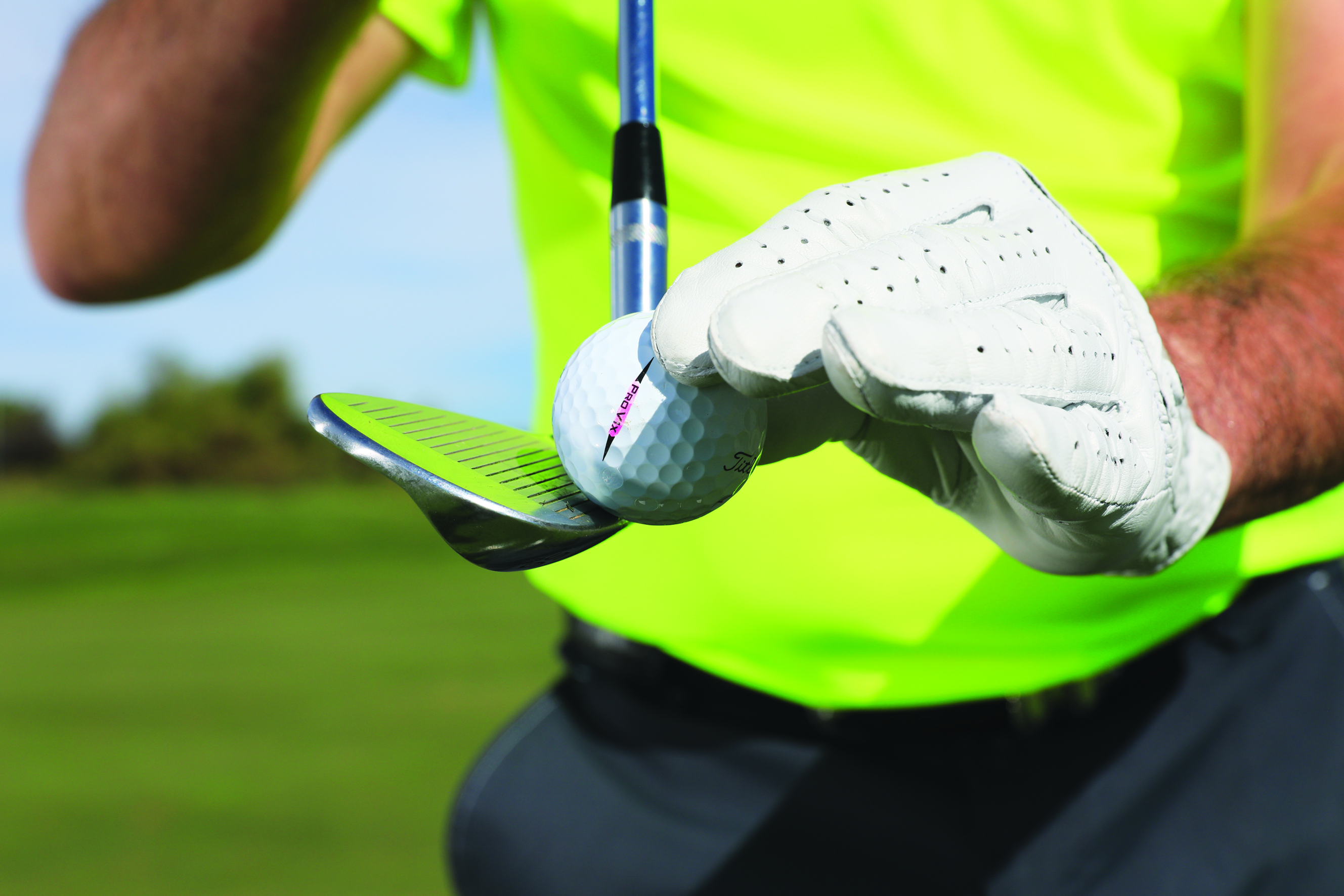
Correct set-up
So, get your balance on the inside of the left foot, your sternum over the center of the ball, and adjust your feet so they are narrower than they would be for a full swing (as shown below).
I want you to have a feeling of a relatively soft hand and arm action, which combines with the body pivoting back and through around the balance point. You're looking for a nice, smooth release of the club as the body continues to turn to face the target.
Now we're going to see a bit of action on the ball.
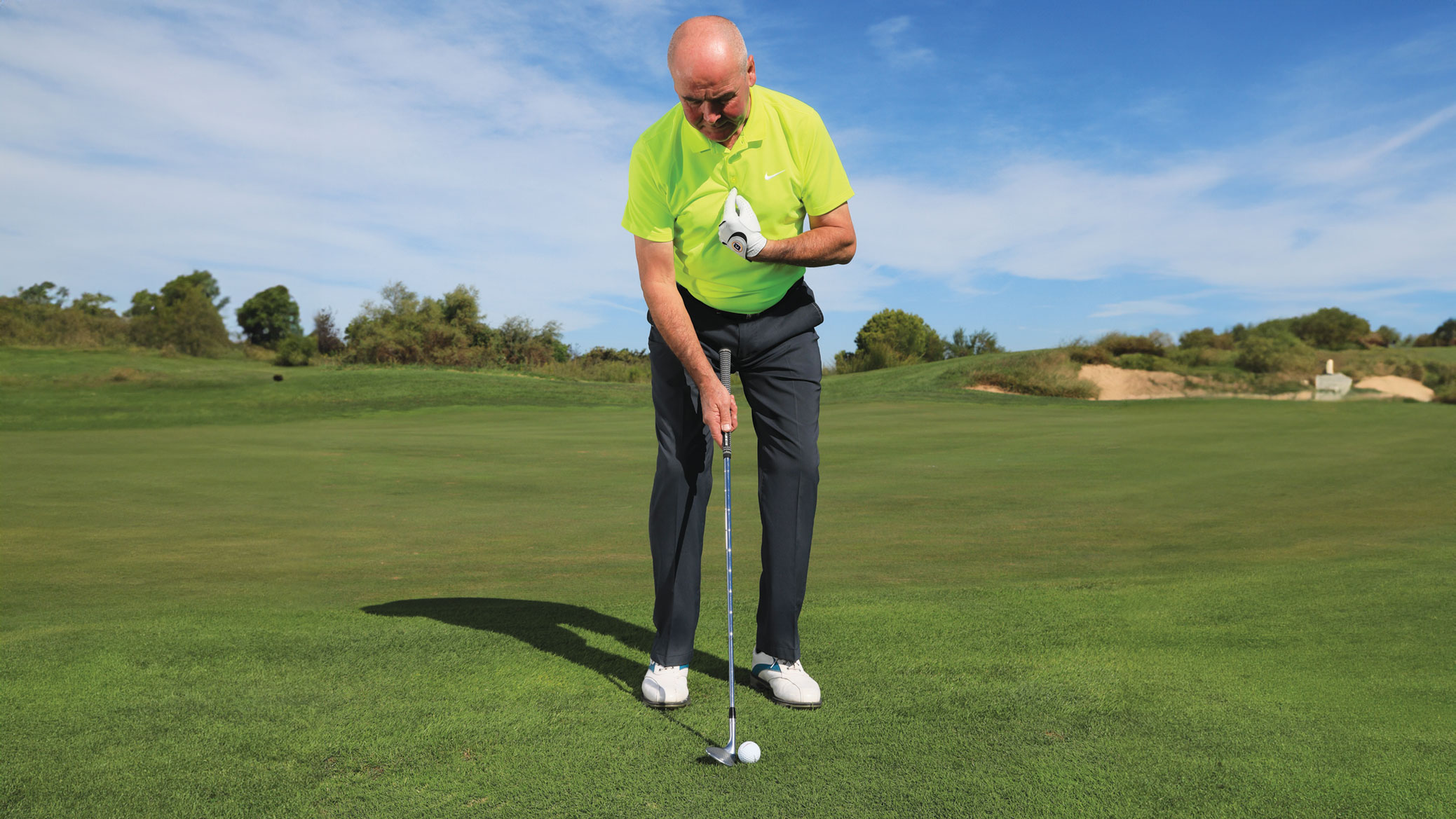
Having the correct set-up with your sternum over the middle of the ball, as shown here, will help you to spin your greenside chip shots
FAQS
Why are my wedges not spinning?
Your wedges may not spin even if your chipping technique is perfect. Sometimes the grooves may be worn and filled with grit and dirt. If this is the case, you’ll struggle to generate any spin.
How often should I change my wedges?
There are several factors to consider and there is no standard 'one size fits all' answer. The general consensus for the average club golfer seems to be every two to three years. Much will depend on how often you play and how much you practice hitting your wedges. It's always worth asking your PGA professional for their opinion - they'll be able to tell whether an upgrade is needed in an instant.

Michael has been with Golf Monthly since 2008. A multimedia journalist, he has also worked for The Football Association, where he created content to support the England football team, The FA Cup, London 2012, and FA Women's Super League. As content editor at Foremost Golf, Michael worked closely with golf's biggest equipment manufacturers and has developed an in-depth knowledge of this side of the industry. He's a regular contributor, covering instruction, equipment, travel and feature content. Michael has interviewed many of the game's biggest stars, including seven World No.1s, and has attended and reported on numerous Major Championships and Ryder Cups around the world. He's a member of Formby Golf Club in Merseyside, UK.
- Keith WilliamsPGA Professional & Master Coach
You must confirm your public display name before commenting
Please logout and then login again, you will then be prompted to enter your display name.
-
 9 Things Rory McIlroy Still Has Left To Achieve In His Career
9 Things Rory McIlroy Still Has Left To Achieve In His CareerAfter becoming one of just six players ever to complete the career Grand Slam, what else could Rory McIlroy realistically achieve before retirement?
By Jonny Leighfield
-
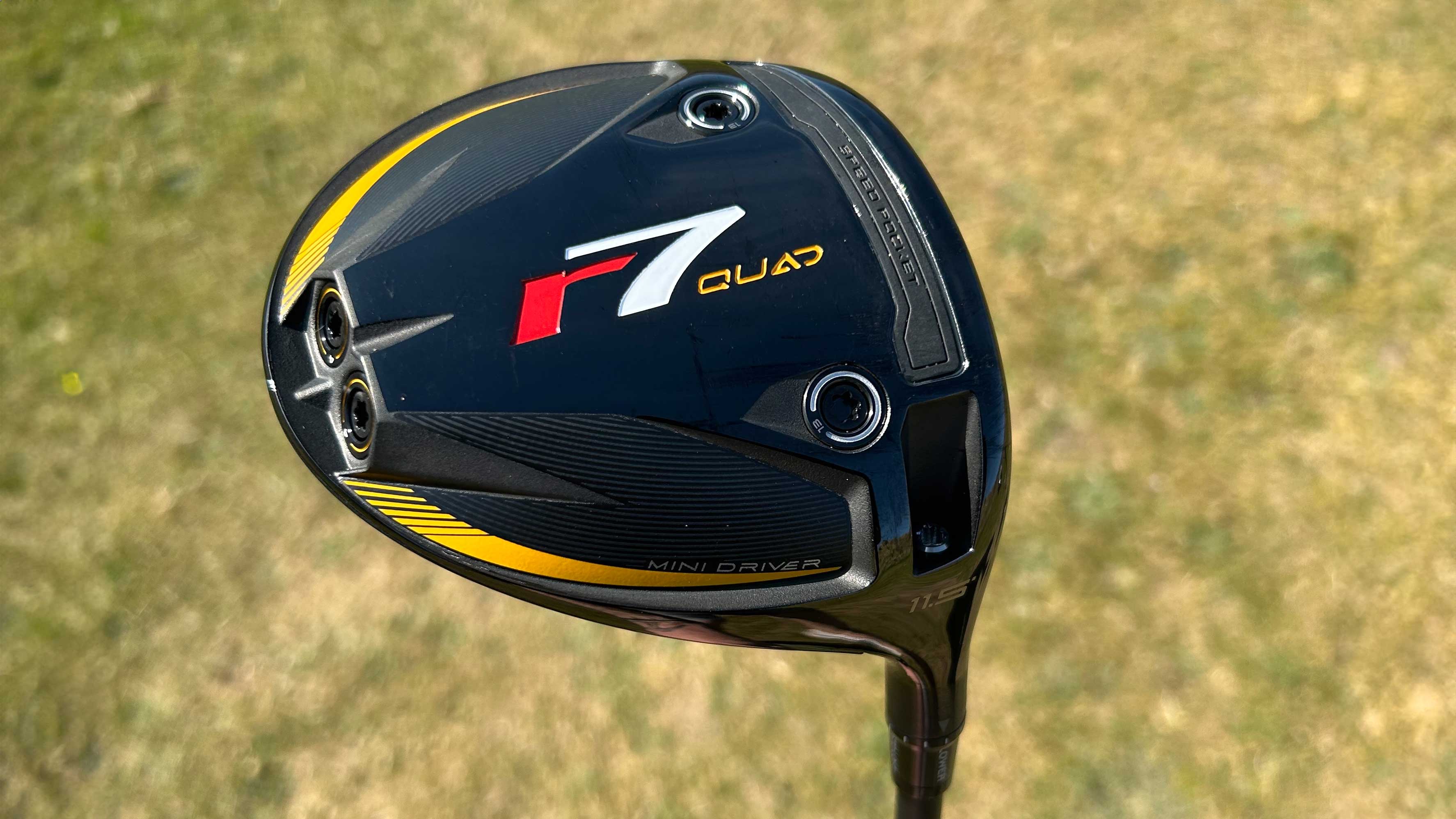 3 Reasons To Add A Mini Driver To Your Golf Bag
3 Reasons To Add A Mini Driver To Your Golf BagThe mini-driver has been popping up in more and more bags on professional tours all around the world in recent months. Could you be missing out if you haven't tried one yet?
By Joe Ferguson